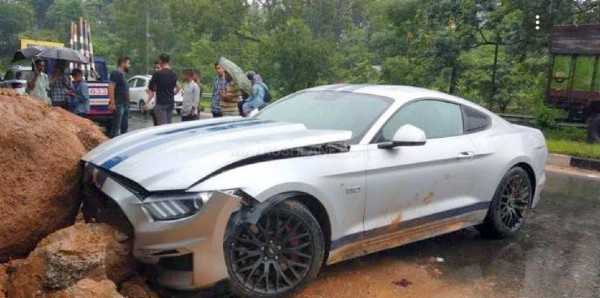The sad truth is, the United States has the highest death rate in car crashes, according to the World Health Organization Global Report on Road Safety, among the other 19 wealthiest countries in the world. With 90 people dying every day in the US car crashes, resulting in ten deaths per 100,000 every year, there is no way to ignore these numbers. While driving safety has improved with new technologies and awareness, the US had the lowest reduction in crash deaths in a study taken from 2000-2013. What are the other causes that make the United States the most dangerous place to drive? And what can we do to mitigate these high numbers?
Drunk Driving
The United States ranked second in the number of drunk accidents that resulted in deaths. Trailing behind Canada at 34 percent, where 165,000 people are injured on the road every year, 31 percent of the collision deaths that occurred in the United States had alcohol involved. This contrasts to speeding, in which the United States ranked eighth out of the ten wealthiest countries.
Both drunk driving and speeding occurred in one out of three car crash deaths. While speeding also leads to more accidents (and therefore more fatalities), drinking and driving is a much larger problem in the United States. With drunk driving contributing to over 10,000 crash deaths at the end of the study, these accidents have both a financial and unquantifiable societal toll.
Seat Belt Usage
The study also showed that the United States ranks below average in seatbelt use, just above Austria, at 87 percent. Seat belts saved 12,500 lives, according to the study, despite being below average in their use. About half of the people who were killed in a road accident weren`t wearing their seat belts at the time of the collision. While seat belts won`t fix the problem of road deaths, they significantly help decrease car crash fatalities when an accident does occur.
Texting
In recent years, texting while driving has become another pivotal issue when it comes to accidents on the road. While drinking and driving is a much older problem, older than even seat belts, texting and driving statistics show it is another significant issue. Every year, 3,000 deaths occur due to distracted driving, of which texting makes up about 10 percent. People who drive and text are 23 times more likely to be involved in a car accident. The number of deaths resulting from texting and driving is still unclear, but one thing is for sure. It is a dangerous practice that doesn`t lead anywhere good.
What Can Be Done?
One of the most promising things related to the number of car crashes, damaged vehicles, and road deaths is technology. With advancing GPS, self-driving, and safety testing, our vehicles are getting safer all the time. While some argue that the automation being put in our cars will make us lazier and more distracted drivers, the technology will likely facilitate these staggering numbers. Safety has only improved over time and will continue to get better as our automobiles get more and more advanced.
However, with texting becoming a significant problem on the roads, the transition will be a bumpy one. It is still very important to pay attention, avoid distracted driving, and be conscious about drunk driving. While technology will greatly facilitate the safety of our roads, cars, and pedestrians, it won`t do the work for us. An emphasis on awareness and education is necessary. The use of seat belts can prevent deaths. Obeying speed limits is another way that we can all work towards mitigating the number of deaths that occur on the road.
Out of the wealthiest countries, the US has the highest death rate. You could blame it on our size as a country or the fact that we are the oldest car culture there is, but there are improvements to be made either way. According to the CDC 18,000 lives could be saved if the United States reflected the average death rate among the other wealthiest countries. We`re a far cry from a zero-death rate, but if there are steps to decrease the number of crashes and fatalities that result, we will ultimately be able to save even more lives.
Ryan Beitler is a writer and journalist who has been published in dozens of publications.

